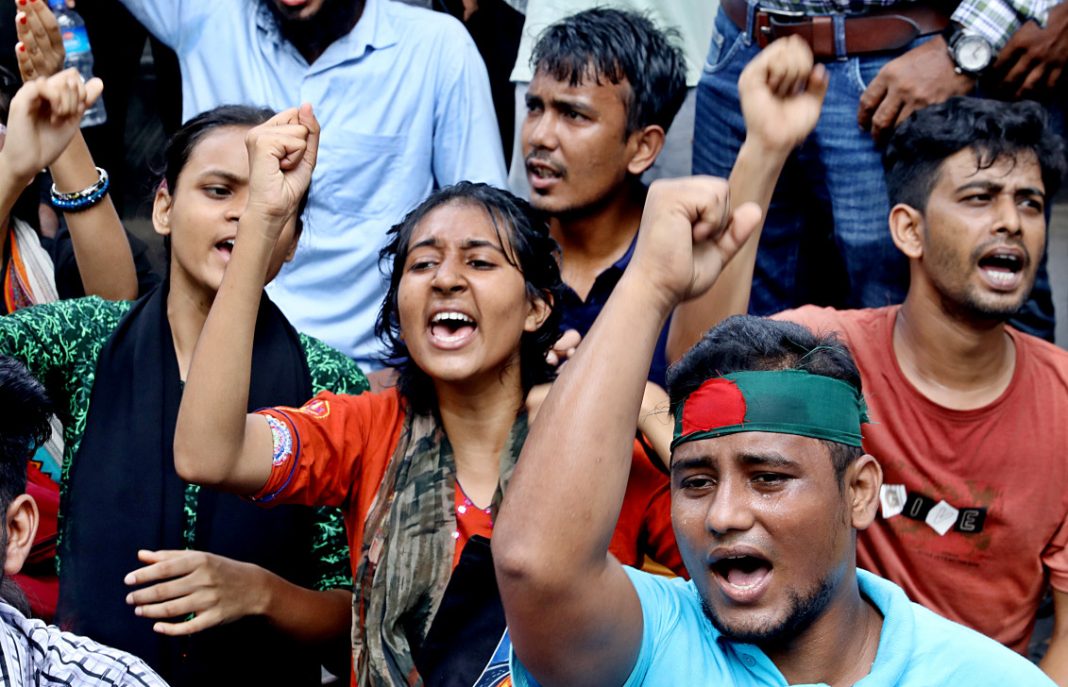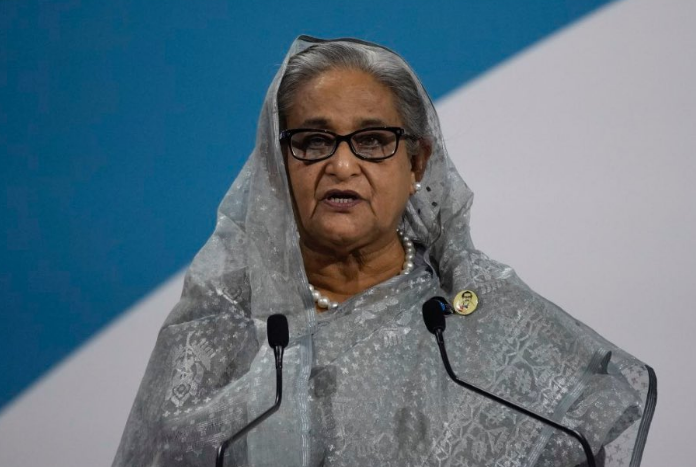SC’s approach to affirmative action calls for earnest action by States
The Supreme Court has allowed states to undertake sub-categorisation of the Scheduled Castes (SCs) for grant of quotas marks an important advancement in reservation jurisprudence. The seven-judge Bench settled the matter on which there were contradictory rulings in the past. The court has ruled that sub-categorisation does not violate the constitutional mandate of equality, but is a requirement to achieve substantive equality. This marks a milestone in jurisprudence of affirmative action, which has been evolving constantly. From a notion of formal equality rooted in a general principle of non-discrimination, it has reached a point where the aim is substantive equality. The apex court had deepened the idea of equality by embracing diversity and accommodation of those suffering from historical and social disabilities. It essentially means that the SCs do not constitute a socially homogeneous class and there cannot be a one-size-fits-all approach. Commendably, the court has recognised that SCs are not a homogenous class.

Sub-categorisation and allocation of the reservation pie on the basis of the current state of backwardness will ultimately lead to the representation of sections thus far not helped by affirmative action. However, the verdict comes with a rider: the sub-categorisation has to be justified by ‘quantifiable and demonstrable data’ by the states and not determined by extraneous considerations. Now, the challenge for the states is to fine-tune their policies of affirmative action to ensure that the benefits of reservation percolate down to the poorest of the poor. States like Punjab, Haryana, Andhra Pradesh and Tamil Nadu have tried sub-quotas but faced legal stumbling blocks. The process of sub-categorisation will not be easy and it should be done justly. The ruling establishments in the states will have to ensure that their policies of affirmative action are based on verifiable data of the poor and not mere considerations of electoral gain.
This is a challenging task. There are over 1,000 SC communities. Their relative backwardness will have to be determined with the help of accepted tools and yardsticks. Though the court has cleared the idea of sub-quotas, it will take time for the states to fine-tune their policies and work out their schemes for implementation. The states must initiate the ‘quota within quota’ exercise in a rational and calibrated manner on the basis of a comprehensive socio-economic survey. Politics are bound to come into play, but the governments will have to strike a balance between competing claims. The verdict has deepened social justice. The focus should now shift to the weakest of the weak getting their long denied due in the reservation pie.




